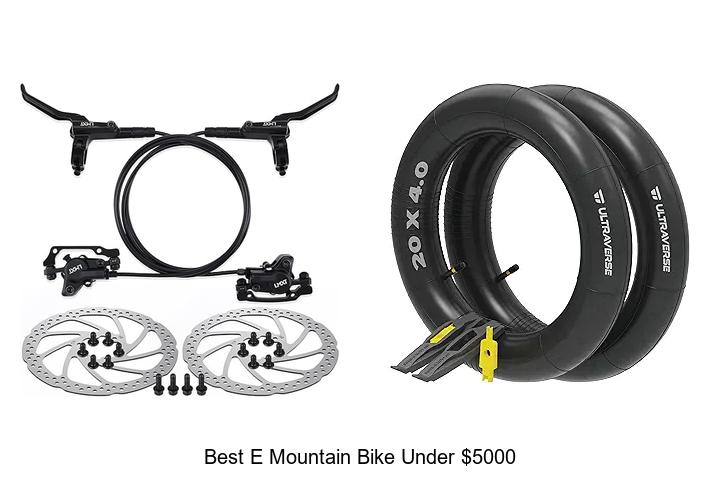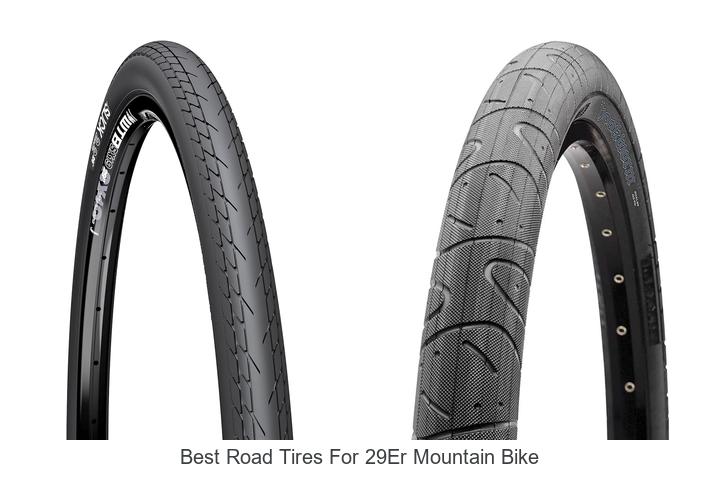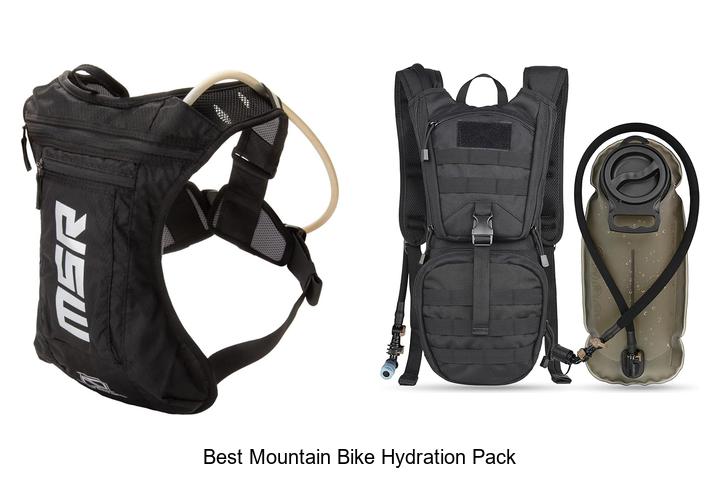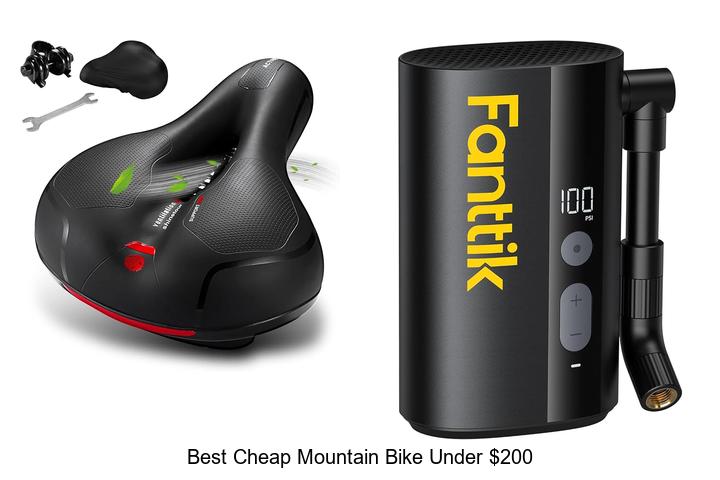How to Wheelie a Mountain Bike: Easy Step-by-Step Guide
Key Takeaways
- Mastering a wheelie on a mountain bike improves balance, control, and confidence, essential for tackling technical trails.
- Proper gear, including a helmet, gloves, and protective pads, along with a well-fitted bike, ensures safety and better performance.
- Key steps to wheelie success include correct body positioning, timed pedal strokes, controlled lifts, and maintaining balance with subtle brake use.
- Avoid common mistakes like over-lifting or improper weight distribution by practicing smooth, coordinated movements and rear brake modulation.
- Gradual, focused practice on flat terrain builds confidence, while incorporating wheelies on trails enhances overall bike handling and obstacle navigation.
- Consistent practice and protective gear use reduce injury risks and enable integrating wheelies smoothly into technical mountain biking skills.
Mastering a wheelie on your mountain bike adds a thrilling skill to your riding arsenal. It’s not just about showing off—it helps improve your balance, control, and confidence on tricky trails. Whether you’re a beginner or looking to sharpen your technique, learning to wheelie opens up new possibilities for your mountain biking adventures.
Understanding the Basics of a Wheelie
Mastering the fundamental concepts of a wheelie helps you execute the maneuver safely and effectively. Gaining clarity about what a wheelie involves and its benefits motivates your practice and progression.
What Is a Wheelie?
A wheelie involves lifting your mountain bike’s front wheel off the ground while pedaling forward on the rear wheel only. The maneuver requires coordinated body weight shift, throttle control, and balance. It starts with a strong, controlled pedal stroke combined with a backward lean that raises the front end. Maintaining the wheelie demands steady throttle input and micro-adjustments to your center of gravity.
Benefits of Learning to Wheelie on a Mountain Bike
Learning to wheelie enhances your balance and bike control, skills transferable to numerous trail obstacles. It improves your reaction time by training your wrists, arms, and core to stabilize the bike in dynamic conditions. Executing wheelies boosts confidence, enabling you to tackle technical sections that demand precision. Additionally, mastering wheelies makes descents and drops smoother, reducing fatigue and increasing overall ride efficiency.
Essential Gear and Safety Tips
Mastering a wheelie requires the right gear and safety measures to protect yourself and maximize your performance. Equip yourself properly to reduce injury risks and enhance control.
Protective Equipment
Use a full-face or standard bike helmet to protect your head from impacts. Wear padded gloves for better grip and wrist protection during falls. Consider elbow and knee pads to shield joints from scrapes and bruises. Use sturdy mountain biking shoes with good traction for secure pedal hold. Optionally, wear a lightweight chest protector if you plan advanced maneuvers or challenging terrains.
Choosing the Right Mountain Bike
Select a mountain bike with a reliable rear suspension system to absorb shocks during wheelies. Pick a bike that has a responsive, wide gear range to maintain optimal power and balance. Choose tires with good traction, such as knobby or semi-slick types, depending on terrain conditions. Ensure the bike fits your body size to maintain control and comfort. Lowering the seat slightly makes lifting the front wheel easier while maintaining pedal efficiency.
Step-by-Step Guide on How to Wheelie a Mountain Bike
Mastering a wheelie involves precise bike handling and body coordination. Follow these steps to lift your front wheel and maintain control throughout the maneuver.
Preparing Your Bike and Body Position
Position your pedals horizontally, with your dominant foot forward. Lower your seat slightly to improve leverage and balance. Lean slightly forward over the handlebars while keeping your arms relaxed but ready to pull. Keep your fingers near the rear brake to modulate speed and prevent flipping backward. Ensure tires have firm traction, and your bike’s suspension is set for smooth control.
Practicing the Initial Lift
Start by pedaling at a moderate speed, around 5 to 8 mph, to gain momentum. Pull up firmly on the handlebars while simultaneously pushing down on the forward pedal. Shift your weight back as you lift the front wheel to aid in the lift. Avoid jerky movements—smooth, coordinated force works best. If the front wheel doesn’t rise, adjust your timing between the pedal stroke and the handlebar pull.
Maintaining Balance and Control
Balance by modulating your body weight and pedaling force. Use subtle rear brake taps when the front wheel rises too high to prevent tipping backward. Keep your eyes focused forward, not on the front wheel, to maintain orientation. Engage your core muscles to stabilize your upper body. Gradually extend the duration as your confidence and balance improve.
Landing Safely
Control the descent of your front wheel by easing off the pedal pressure and gently lowering the handlebars. Prepare for the front wheel to touch the ground first, then smoothly transfer weight forward. Keep pedaling to maintain momentum and avoid sudden braking, which can cause instability. Practice in a safe, open area to refine your landing technique.
Common Mistakes and How to Avoid Them
Avoiding typical errors speeds your progress in mastering a wheelie. Understanding what can go wrong helps you adjust your technique and maintain control.
Over- or Under-lifting the Front Wheel
Lifting the front wheel too high risks flipping backward and losing control. Pulling up too hard while pedaling aggressively often causes this. Instead, lift the wheel to a manageable height by coordinating a moderate pull on the handlebars with consistent pedal pressure. Conversely, under-lifting the wheel can cause the bike to drag the front tire, making it harder to balance. Push enough power through the pedals and pull firmly but controlled to clear the front wheel safely.
Losing Balance or Control
Losing balance usually results from improper weight distribution or incorrect body positioning. Leaning too far back increases the chance of tipping over, while leaning too far forward prevents the wheel from staying raised. Maintain a balanced posture by shifting your hips back slightly and keeping your arms relaxed. Use quick rear brake taps to regain control if you feel the bike tilting backward. Also, keep your eyes fixed on the trail ahead to anticipate movement and react promptly.
Tips to Improve Your Wheelie Skills
Developing your wheelie skills depends on consistent practice and smart techniques. Here’s how to build confidence and integrate wheelies into your trail riding.
Building Confidence Gradually
Start practicing wheelies on flat, open ground with minimal obstacles to focus on balance and control. Increase your practice duration in short, focused sessions—around 10 to 15 minutes each—to avoid fatigue and maintain concentration. Use small pulls on the handlebars combined with steady pedal pressure to lift the front wheel smoothly. If your wheelie tips too far back, tap the rear brake gently to regain balance. Track your progress by noting how long you can hold the wheelie and gradually increase it. When comfortable, practice lifting the front wheel higher and maintaining balance over uneven terrain. Wearing full protective gear during practice sessions minimizes injury risk as you build your skill.
Incorporating Wheelies into Trail Riding
Apply wheelies strategically to cross roots, rocks, and steep obstacles on trails where keeping momentum improves stability. Use controlled wheelies to clear small ledges by lifting the front wheel just enough to avoid impact. Select trails with gradual inclines to practice executing wheelies while climbing, which helps refine balance under real riding conditions. Maintain a steady cadence and weight distribution during wheelies on trails to adapt quickly to changing terrain. Build your ability to combine wheelies with other technical skills like bunny hops and manualing for smoother, more efficient rides. Practicing wheelies during regular rides enhances your overall bike handling and trail navigation capabilities.
Conclusion
Mastering the wheelie takes patience and consistent practice, but it’s a rewarding skill that elevates your mountain biking experience. As you build confidence and control, you’ll find yourself navigating trails with greater ease and style. Remember to prioritize safety and listen to your body as you progress.
With time, your improved balance and bike handling will open up new possibilities on the trail. Keep challenging yourself, stay focused, and enjoy the thrill that comes with every successful wheelie you pull off. Your mountain bike adventures are about to get a whole lot more exciting.





